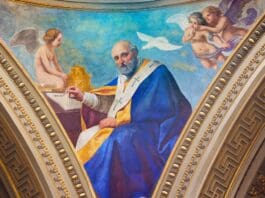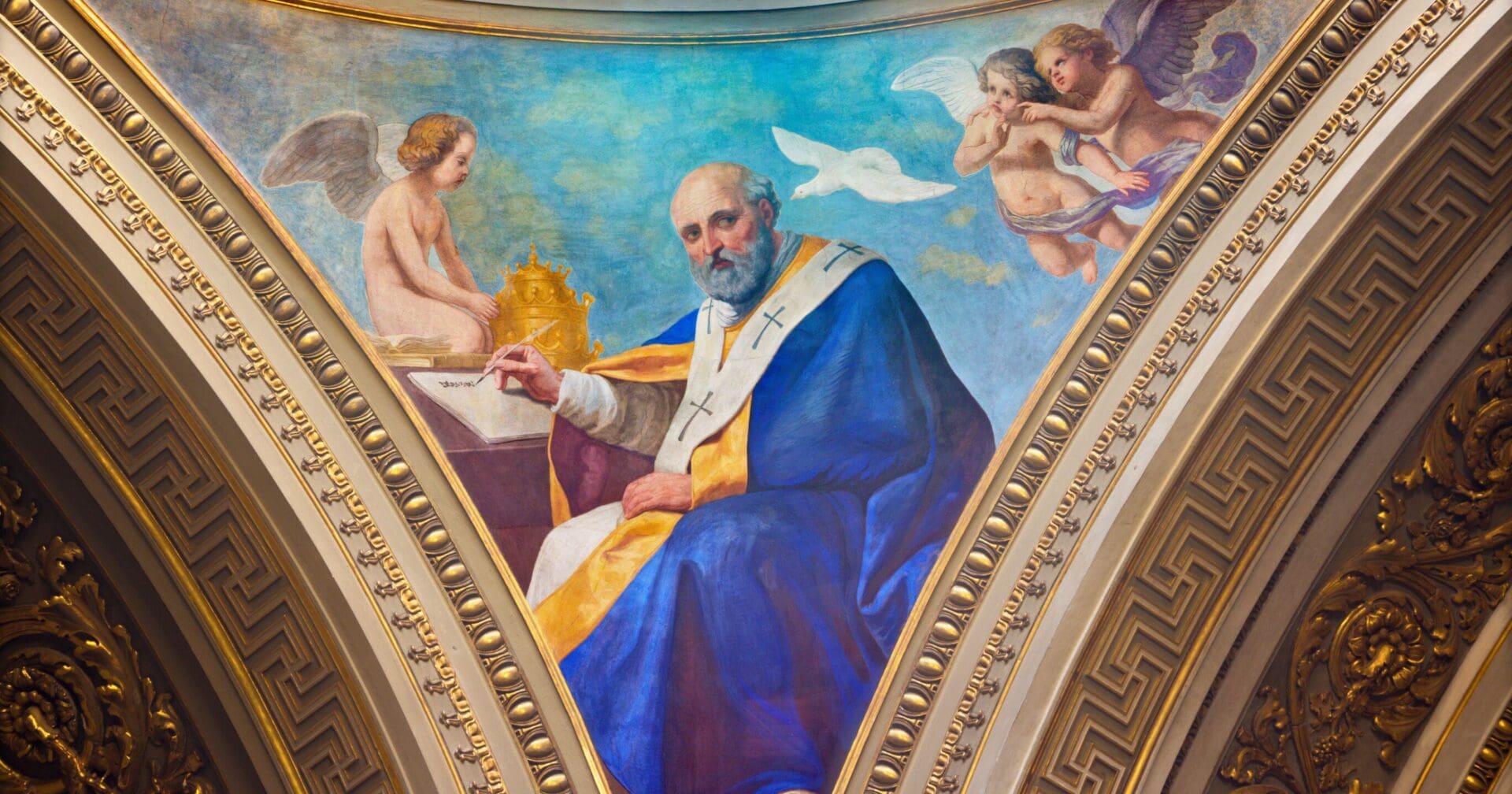
Pope Saint Leo I, famously known as Leo the Great, remains a pivotal figure in the history of the Catholic Church, his early life shrouded in mystery. Prior to his papacy in 440 AD, he actively contested Pelagianism as a deacon, advocating the essential role of grace in salvation. His papal tenure was marked by strong, clear teachings on the nature of Christ, culminating in the influential Tome of St. Leo, which underpinned the Council of Chalcedon’s declaration of Christ’s dual nature—both fully divine and fully human.
Amid the fifth century’s chaos, as barbarian hordes threatened the crumbling Roman Empire, Leo the Great emerged as a beacon of leadership, addressing both the spiritual and temporal needs of his people. His diplomatic prowess is underscored by his successful negotiation with Attila the Hun, convincing him to spare Rome from destruction in 452, and later negotiating with the Vandals in 455.
Leo’s contributions solidified the Papacy’s role and underlined the divine foundations of the ministry through the scriptural examination of Peter’s apostolic prominence. Beyond his seminal Tome, he left behind a legacy of 143 letters and 96 sermons that deeply reflect the liturgical seasons. His death in 461 marked the end of an era, but his teachings continue to resonate, earning him the title of Doctor of the Church by Pope Benedict XIV and cementing his status as a venerated Western Father of the Church.
Editorial credit: Renata Sedmakova / Shutterstock.com
The post Pope Saint Leo the Great appeared first on uCatholic.
Daily Reading
Memorial of Saint Cecilia, Virgin and Martyr
Readings for the Memorial of Saint Cecilia, Virgin and Martyr Reading 1 RV 10:8-11 I, John, heard a voice from heaven speak to me.Then the voice spoke to me and…
Daily Meditation
Sacred Spaces
Click here for daily readings “My house shall be a house of prayer, but you have made it a den of thieves.” With that line, Jesus is condemning those who…




